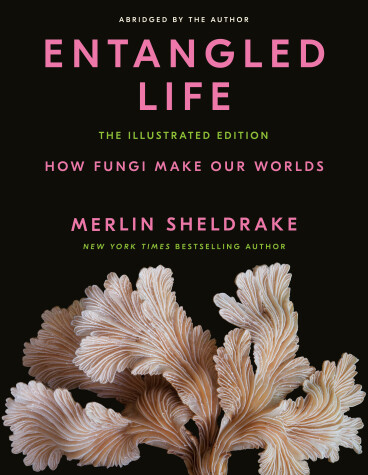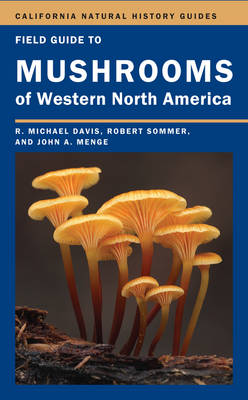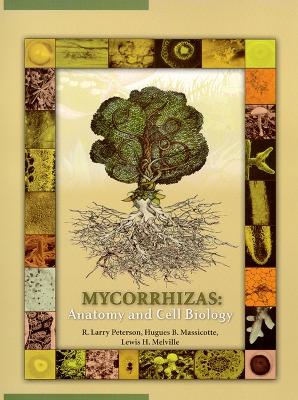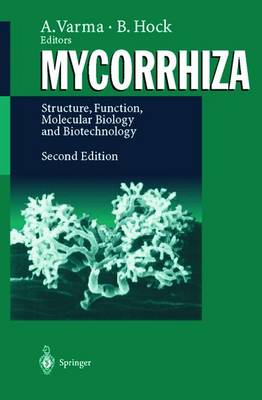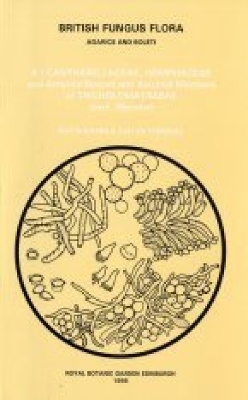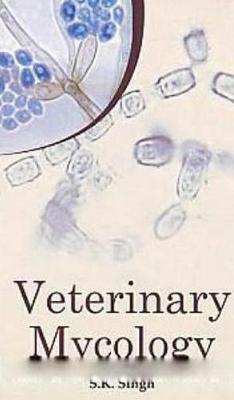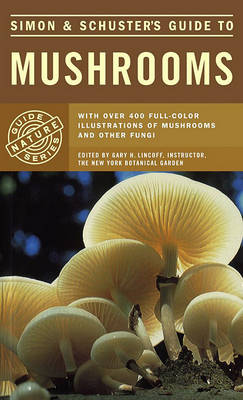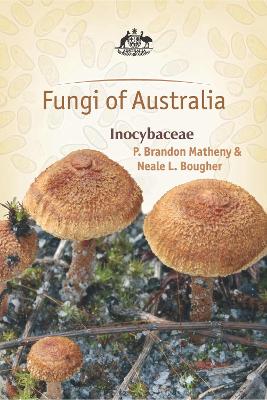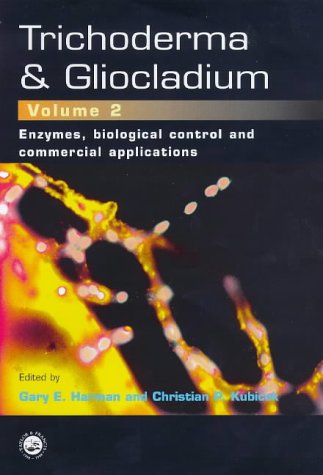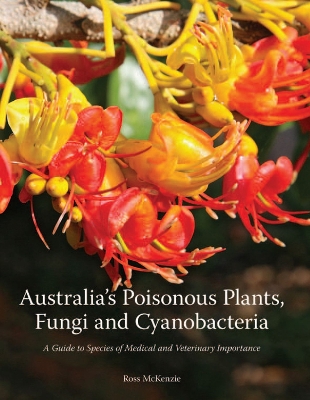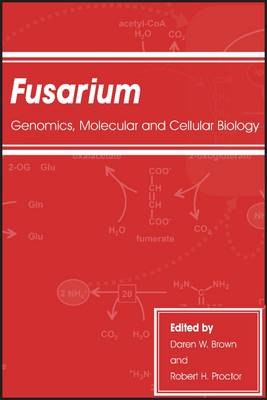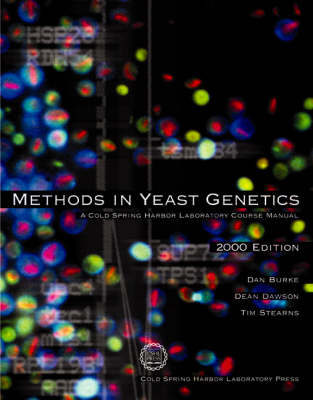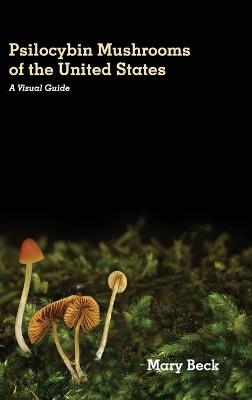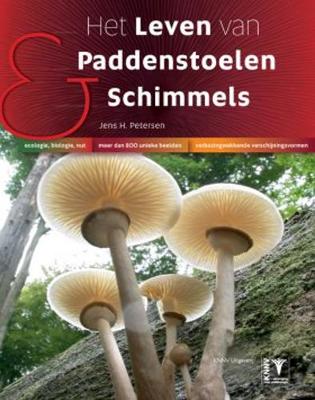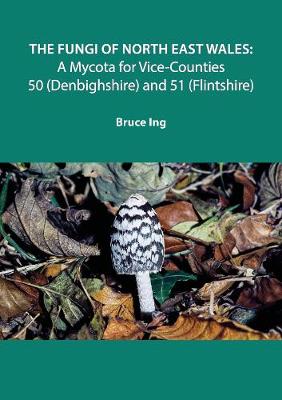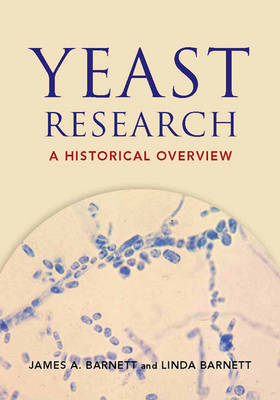British Fungus Flora
Protocols for an All Taxa Inventory of Fungi in a Costa Rican Conservation Area
by Amy Y. Rossman and etc.
Merlin Sheldrake’s New York Times bestseller, Entangled Life, is now a lavish visual journey into the hidden lives of fungi. When we think of fungi, we likely think of mushrooms. But mushrooms are only fruiting bodies, analogous to apples on a tree. Most fungi live out of sight yet make up a massively diverse kingdom of organisms that supports and sustains nearly all living systems. Fungi provide a key to understanding the planet on which we live, and the ways we think, feel, and behave. In t...
Physiology and Genetics of Aspergillus Nidulans
This is a state-of-the-art guide to research methods and research topics in the area of genetics of fungi. The broad coverage includes: basic facts on metabolism; developmental sequences, control processes and the genes involved; methods of growth of Aspergillus; how to perform transformations; chromosome separation by electrophoresis; growth media; and a complete bibliography of genes and up-to-date genetic maps. This book should be of interest to fungal geneticists and biotechnologists at the...
Field Guide to Mushrooms of Western North America (California Natural History Guides, #106)
by R. Michael Davis, Robert Sommer, and John A. Menge
California and the Western States are rich in abundant and diverse species of mushrooms. Amateur mushroom collectors and mycologists alike will find over 300 species of the region's most common, distinctive, and ecologically important mushrooms profiled in this comprehensive field guide. It provides the most up-to-date science on the role of fungi in the natural world, methods to identify species, and locations of mushroom habitats. With excellent color illustrations showing top and side views o...
Symbiotic relations between roots and fungi (mycorrhizas) are the most prevalent symbiotic systems on earth. For example, mycorrhizas increase nutrient uptake from soil, assist in the biocontrol of pathogenic fungi and nematodes, and have a positive effect on the establishment of plant communities. Mycorrhizal associations can be found in all ecosystems and in important forest and crop species. This book provides a summary of all the mycorrhizal categories from a morphological and anatomical per...
Mycorrhiza
This second updated and revised edition puts stronger emphasis on genetics and molecular biology. It contains new chapters written by leading experts in the field. Mycorrhizas are symbioses between fungi and the roots of higher plants. As more than 90 per cent of all known species of plants have the potential to form mycorrhizal associations, the productivity and species composition and the diversity of natural ecosystems are frequently dependent upon the presence and activity of mycorrhizas. Th...
British Fungus Flora: Agarics and Boleti 8
by Roy Watling and Evelyn Turnbull
This series of books about the larger fungi of the British Isles is suitable for the dedicated amateur and the professional. Each volume provides keys to sections and species together with full descriptions of the taxa based on personal observations of the executive editors or, in the case of rare species, on authoritative descriptions of material. Many species are illustrated by line drawings. Colours are described using the accompanying Colour Identification Chart.
Yeast Identification Program DEC Rainbow using CP/M
by J.A. Barnett, R.W. Payne, and D. Yarrow
This software publication is a revision of the text on Yeasts by Barnett, Payne and Yarrow entitled Yeasts: Characteristics and Identification, published by the Press in 1983. Researchers can input results of tests they have carried out on a particular strain of yeast, and the program will list all the possible yeasts that would give the input results. Further, the program will produce a list of tests necessary to distinguish those yeasts on the list of possible yeasts. A comprehensive set of da...
Simon & Schuster's Guide to Mushrooms is indispensable to anyone fascinated by mushrooms and other fungi. Lavishly illustrated, it contains detailed information about 420 types of mushrooms and other fungi found in the United States and Europe. The comprehensive introduction provides general information on the structure, reproduction, life cycles, classification, and distribution of the various species and describes the individual parts of the fungus as well. The entries describe the appearance,...
Part 2 of the Mycological series on Ascochyta. Including species on Monocotyledons (exclusing grasses), Crytogams and Gymnosperms
Mycological paper of Meliolina and its excluded species
Fungi of Australia: Inocybaceae (Fungi of Australia)
by Mr P. Brandon Matheny and Mr Neale L. Bougher
An illustrated account of 137 species of this gilled fungi, including 101 new to science. The family Inocybaceae are a diverse cosmopolitan group of gilled fungi. Until now, only a small number of species had been described from Australia, but with this major revision a total of 137 species are recognised, of which 101 are new to science. Ninety per cent of these species (121 of the 137) are found only in Australia. Phylogenetic work shows that the family can be divided into seven main groups,...
Trichoderma And Gliocladium
Fungi belonging to the genera "Trichoderma" and "Gliocladium" are soil- bourne saprophytes which have been used for industrial and agricultural Applications For Decades. Some Strains Produce Enzymes And Antibiotics while others are useful as biological agents for the protections of plants against pathogens.; The first volume gives a detailed account of the morphology and taxonomy of "Trichoderma" and "Gliocladium", before discussing their ecology and basic biology. Molecular biological aspects e...
Australia's Poisonous Plants, Fungi and Cyanobacteria is the first full-colour, comprehensive guide to the major natural threats to health in Australia affecting domestic and native animals and humans. The overriding aim of the book is to prevent poisoning, as there are few effective treatments available, particularly in domestic animals. The species have been chosen because of their capacity to threaten life or damage important organs, their relative abundance or wide distribution in native...
Fusarium: Genomics, Molecular and Cellular Biology
Methods in Yeast Genetics
by Dan Burke, Dean Dawson, Tim Streams, and Tim Stearns
Een prachtig fotoboek over de verbazingwekkende verschijningsvormen, de leefwijze en het nut van paddenstoelen en schimmels. Overal om ons heen - wereldwijd - wemelt het van ze. Deze uitgave brengt hun 'verborgen koninkrijk' schitterend in beeld. Van geleizwammen tot boleten en van 'roest' tot 'hoedjeszwammen'. Niet alleen in bos en veld, maar ook in onze huizen, op ons lichaam en in ons eten - en dan meestal onzichtbaar, bijvoorbeeld als schimmeldraden of microscopisch kleine sporen kom je ze t...
Mushrooms and Toadstools of Britain & Europe Volume 2 (Mushrooms and Toadstools of Britain & Europe, #2)
by Geoffrey Kibby
Venture into the woods alongside a pioneering female mycologist. This one-of-a-kind, keepsake volume celebrates the timeless fascination of fungi. Very little is known about M. F. Lewis—not even her first name. Mysterious, prolific, and deeply enamored with the world of mushrooms, she left us a treasure trove of mycological illustrations. For over forty years, from 1860 to 1902, Lewis rambled across England and Wales, recording an astonishing biodiversity of fungi. Her delicately drawn, boldly...
The comprehensive history of yeast research. Traces the growing understanding of yeasts and their role in the evolution of microbiology, biochemistry, cytology, and genetics. Details how findings in yeast research were used to overcome complex problems and to develop currently accepted scientific concepts and methods.Emphasizes experimental evidence, by reproducing many figures from the original researchers' work as well as illustrations of the equipment they used.The book is enlivened with imag...

